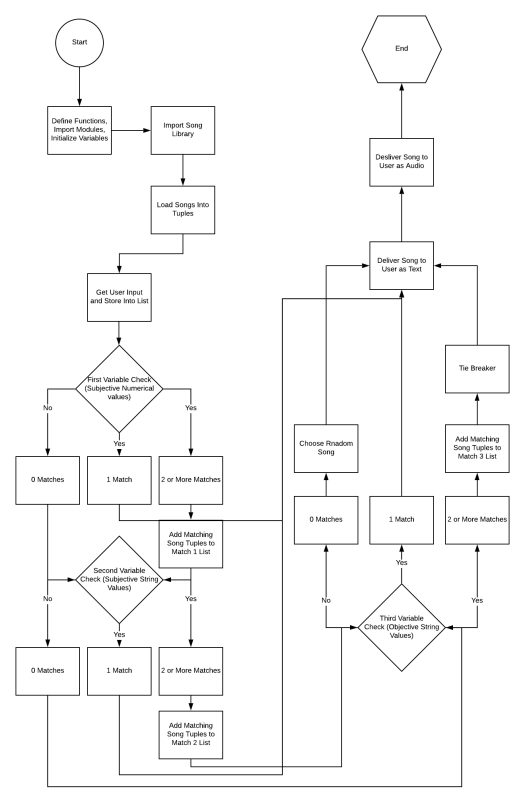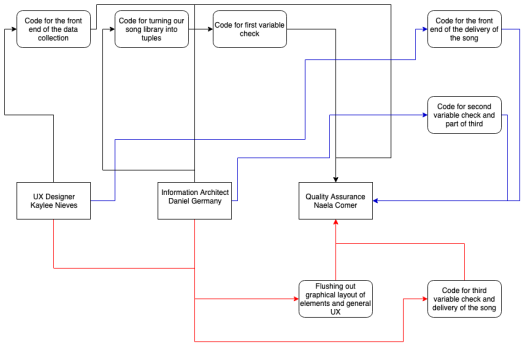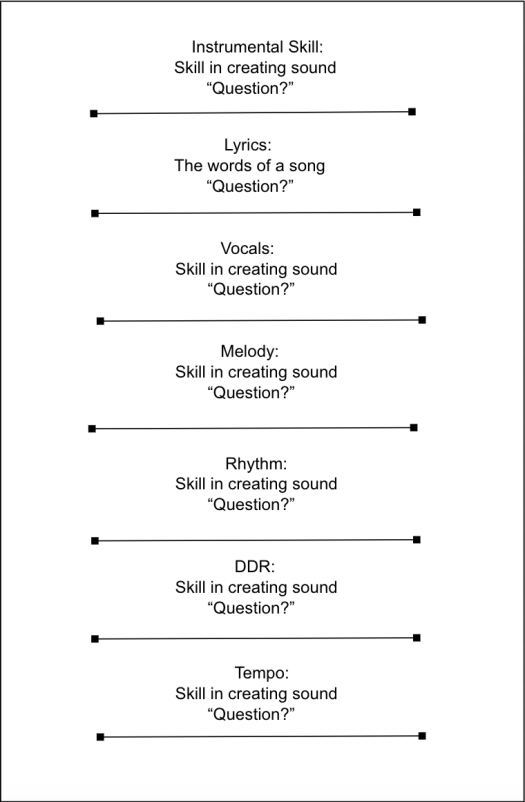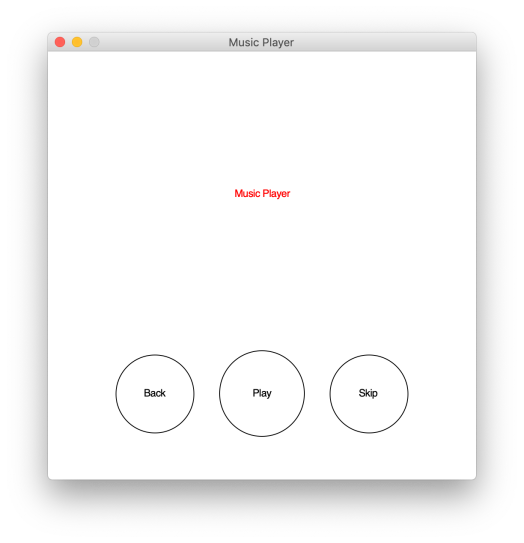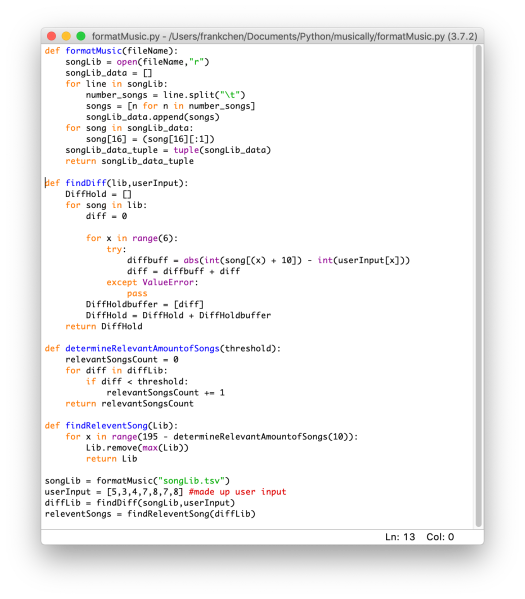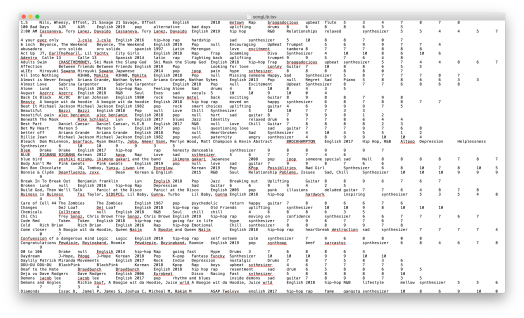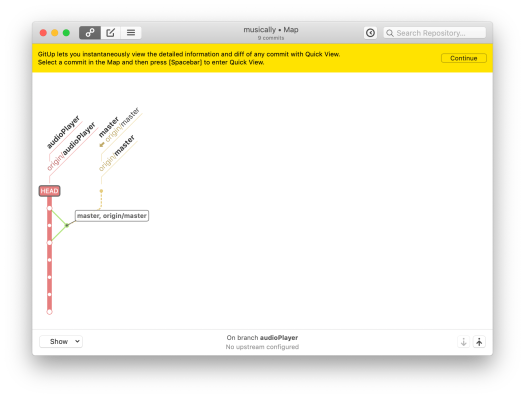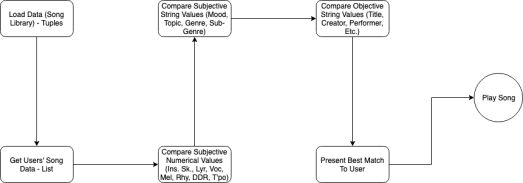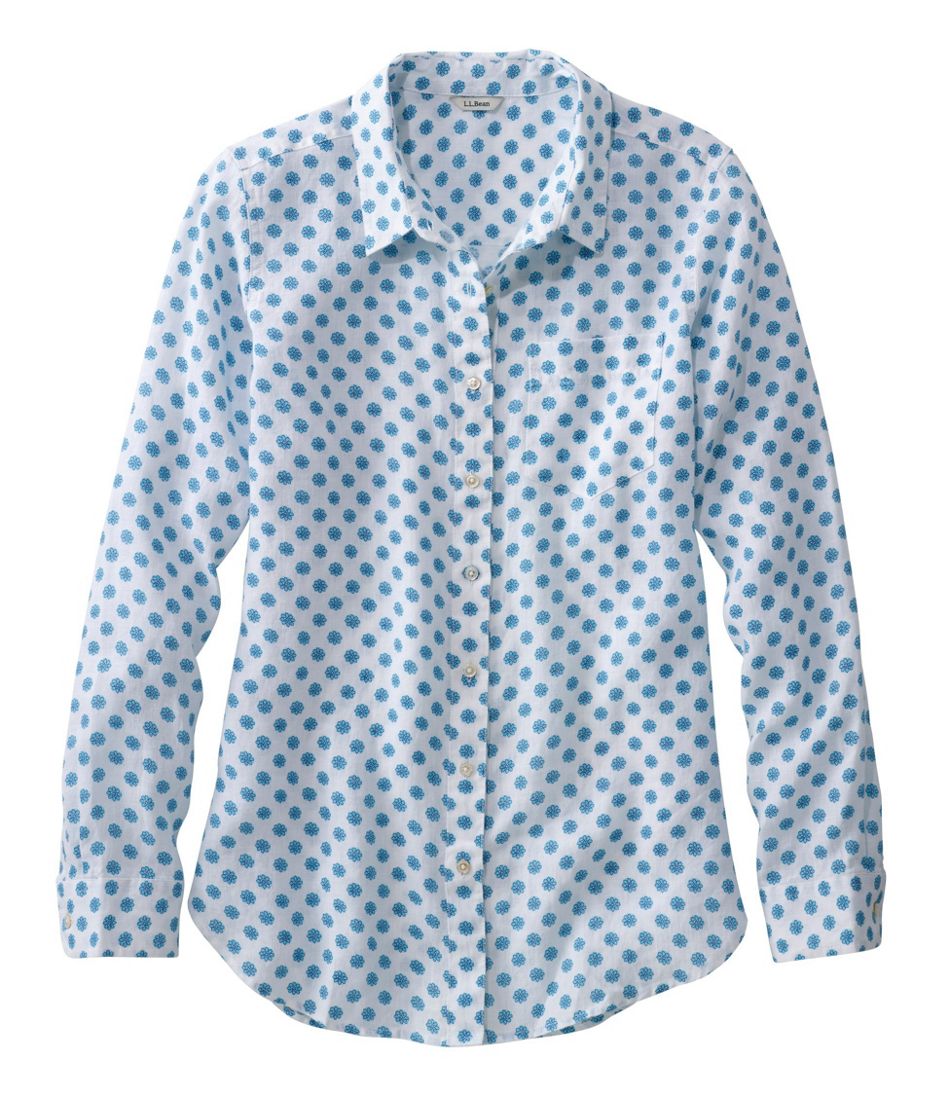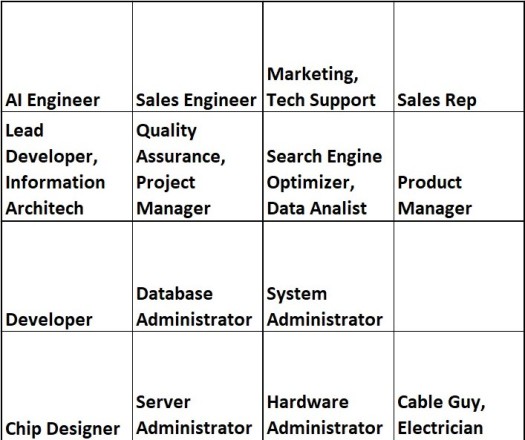The effects of wealth disparity on socioeconomic outcome is a topic that has been highly debated. On one side, some argue that wealth disparities do not exacerbate the effects of socioeconomic inequalities, and that although they may seem interlinked, they are truly each on a trend independent of each other. On the other end of the spectrum, others argue that wealth disparities based on both gender and race have long been exacerbating the effects of socioeconomic inequalities and may even be a contributing cause, often suggesting that the trend in socioeconomic inequality and wealth disparity are unquestionably interlinked.
When thinking about wealth disparity, one of the first things that we think of is the disparity within different working classes. When looking at The Wealth Inequality Problem in One Chart (Source E), it depicts the lower, working, and middle class shrinking in wealth while the top ten percent increases compared between 1998 and 2013. The lower class saw a 26.5% reduction in their wealth while the working and middle class as a 52.7% and 19.1% decrease. Meanwhile, the top ten percent was an increase of 74.9% in their wealth. While it may seem peculiar that the relationship between the change in net worth between the lower, working, middle and top ten percent are inversely proportional, it really isn’t surprising. In fact, the subheading of the graph says it all, “America’s financial and political systems are broken” (Source E). Where the top ten percent spend millions and billions of dollars lobbying for politicians to be elected into power who perpetuate opportunities for them to amass further wealth while limiting the opportunities that are available for the lower, working, and middle class to experience financial growth. In addition to this, the use of offshore bank accounts by the top ten percent where they can hold the majority of their wealth without having to pay taxes on it has help to perpetuate their wealth. Despite knowing about many of these offshore bank accounts, the government has not made many strides towards liquidating those accounts and forcing the account holder to pay taxes on it. This results in lower budgets for federally and state funded programs that aim to help those in the lower brackets of the economic pyramid achieve upward mobility.
Wealth disparity is not only present on the allocation of wealth between different working classes, but also the allocation of wealth between different races. When looking at Average Family Wealth by Race/Ethnicity (Source D), we see that in 2010, the average wealth for a white family was around 715,000. When compared to around 110,000 for a black family, and around 128,000 for a Hispanic family. This means that in 2010, the average white family’s amassed wealth was 6.5 times that of the average black family, and 5.5 times that of the average Hispanic family. This data clearly shows a disparity in the distribution of wealth in regard to race. Yet, this isn’t the end of the story. The average white family in 2016 had a wealth of around 919,000 whereas average black and Hispanic families had an average wealth of 139,000 and 191,000. White family wealth in 2016 was seven times greater than black family wealth and five times greater than Hispanic family wealth. As the population of black and Hispanic residents and citizens in the United States grows, the ratio of wealth between whites and black and Hispanic families remain pretty stagnant, meaning that the white are getting wealthier while the black and Hispanic are left to fend with an ever-shrinking amount of wealth.
These economic inequalities have a profound effect through multigenerational socioeconomic inequalities. One factor that affects the socioeconomic status of a person is their education level, as the higher one’s education level, the more they tend to make. The more access that those in lower economic brackets have to educational opportunities, the more likely they are to break out of a trend of socioeconomic inequalities. Yet, in 2006, 8.0% of white elementary students were enrolled in talented and gifted programs whereas only 3.6% of black elementary students were. (Source G) This highlights the stark differences in educational opportunities that are available to different racial or economic groups. Although these educational opportunities and programs may not screen participants racially or economically, it doesn’t mean that they are disproportionately tailored to those on the higher brackets of the economic pyramid. Perhaps these educational opportunities require additional materials such as textbooks that are not provided by the school or other institution hosting it and requires the participant to cover the cost of education related materials. While this factor is not particularly designed to segregate opportunities, they often act as a means to. Statistics show that white families tend to be wealthier than black families and are more likely to have disposable income to spend on extracurriculars or additional educational opportunities. While these programs are not meant to disproportionately favor white students over students of color, it is one of the key driving forces of multigenerational socioeconomic inequalities that perpetuates the story of economic and social struggle that many of color face.
Wealth disparity and socioeconomic inequality creates unfathomable situations that those suffering from it are forced into every day. These situations tends to make these people desperate, often forcing them to resort to illegal means to just get by. According to Admin, inequality is attributed to social frictions such as more people participating in riots and the unfair allocation of opportunities to citizens. (Source A) By allowing the wealthy minority to have access to more in life than the lower class instilled powerful emotions that may spill out into violence. When living life paycheck to paycheck, it creates an unimaginable amount of stress that makes people act irrationally. The financial progression and outlook of an individual’s life may be held hostage by institutionalized financial obstructions. These feelings of helplessness when it comes to one’s ability to reach financial stability harbors resentment and bitterness towards those perpetuating these economic inequalities. When an individual is worried about making ends meet, they are unable to save for their future, often forcing them to live within an encapsulated within a seemingly never-ending fight to make ends meet. Rather than thinking about their retirement, or saving for their kid’s college, they are forced to focus on meeting basic needs. This limits the amount of economic and social endeavors that an individual might want to have, whether it be getting a new house, or taking a vacation. This not only influences the individual, but also their children. It is examples of institutionalized socioeconomic inequality like the one described above, where one cannot save for their own house, or a vacation, that perpetuates this very inequality. When one is growing up, their one and only reality is the one they are living. So, when one grows up facing institutionalized socioeconomic inequality, it is all they will know, and their chances of achieving upward mobility and a chance to break out of the loop of socioeconomic inequality is exponentially decreased.
Wealth inequality is exacerbated by the fact that it is institutionalized. Those who face socioeconomic and wealth inequality are looking at the institution of the united states government. The united states government is indirectly contributing to the lack of fairness in wealth distribution as it is susceptible to the power of the rich top ten percent. Increasing fairness would ensure that there is equal distribution of wealth and income between individuals. Economic equality would result in the utilization of redistributive state policies such as progressive taxes. (Source A) In order to break the institutionalized socioeconomic inequalities that are present, our system of distributing wealth needs to be reinvented. Opportunities to allow individuals that fall within either lower economic brackets or racial groups that are associated with low socioeconomic status need to be put into place. Unless these opportunities to offered to these individuals, they will struggle to face a fair job market, as they a typically disproportionally served in terms of education and job training, and even if they are qualified in terms of education, they could still be discriminated upon based on their socioeconomic status. Rather than allow the top ten percent to get away with tax evasion through offshore banking accounts, the government needs to increase the pressure it puts on corporations and the top ten percent to pay their share of taxes, and to invest them into federally or state funded opportunity programs for those with low socioeconomic status.
Economic inequality is a controversial topic, so naturally, it has some proponents that have opposing viewpoints. One of these opposing viewpoints is the libertarian justification for inequality. It states that the rich are entitled to their wealth because it was acquired freely and without coercion, and that forcing the rich to give up their wealth would interfere with their liberty, and therefore disrupts justice. (Source C) Yet, this viewpoint if flawed, as it assumes the moral goodness of those in the top ten percent. While in a perfect society, the libertarian justification of inequality would hold a valid argument, it simply doesn’t justify economic inequality as the moral standing of the top ten percent are usually selfish with little regard of the damage they do. This is echoed time and time again throughout history. Disparities in schooling health, and income persist because of the legacy of past injustices and discrimination. When looking at studies, wage regressions estimate that the degree of in-market discrimination for black men in 1980 and 1990 is a loss of 12 – 15 percent of earnings. (Source G) Even though these disparities were far more pertinent in the 1900s, we are still facing the effects of it. Stanford brings up the fact that despite changes in institutions due to the civil rights and black power movements, cultural forms of nepotism and discrimination favoring whites and disadvantaging blacks continue to be re-created. (Source G) If it is the corporations that are responsible to the economic inequality of individuals of color, should it not be those very corporations that created the inequalities that should fund programs that reverse the effects of economic inequalities?
Socioeconomic inequality and wealth disparity are the forces the inhibit the majority of Americans from the American dream. The growing wealth disparities between demographics will be one of the most pressing issues of the upcoming years, as the effects of socioeconomic inequality and wealth disparity are institutionalized and multigenerational. Unless we can find a solution to socioeconomic and wealth inequality, the American dream will be nothing other than another empty promise that the United States has made. Perhaps we should force the very corporations that inhibited many from achieving economic stability and socioeconomic mobility to lead the charge in reform. It is only fair that these corporations help fix what they started. With the oversight of the American government and the money of large corporations, we as a nation have a shot at ending multigenerational wealth disparity and socioeconomic inequality for good.
References
Admin. “www.prosancons.com/business/pros-and-cons-of-economic-inequality/.” 29 September 2018. http://www.prosancons.com. 2 April 2019.
- The following excerpt is by Pros an Cons, a website which provides both positive and negative aspects to various topics. It qualifies both arguments oriented around the relevancy of socioeconomic status and wealth disparity. The article provides multiple reasons and scenarios based upon presented solutions for opposing sides.
Desjardins, Jeff. “www.visualcapitalist.com/wealth-inequality-problem-one-chart/.” 17 June 2016. http://www.visualcapitalist.com. 2 April 2019.
- The following article provides a graph showcasing the wealth inequality gaps from the past several decades and provides insight on the causes of these problems. The Visual Capitalist is a Canadian media and news firm which specializes in publishing news, infographics, and other forms of data. It also focuses on providing visual content for the latest trends in the business industry.
Henderson, R. David. “www.hoover.org/research/income-inequality-isnt-problem.” 20 February 2018. http://www.hoover.org. 2 April 2019.
- The Hoover Institution’s David R. Henderson challenges the anti-wealth disparity claim by providing written articles online for others to see. It also serves as a public think tank for people to share their opinions on controversial topics. It was founded by Herbert Hoover before he became president of the United States.
Keshner, Andrew. “www.marketwatch.com/story/its-been-almost-a-100-years-since-the-americas-1-had-so-much-wealth-2019-02-11.” 24 February 2019. http://www.marketwatch.com. 2 April 2019.
- The MarketWatch website is a subsidiary of Dow Jones that provides stock market data, analysis, and business news. The website also provides written articles that analyze data and gives certain opinions on the particular data set.
Lei, Serena. “www.apps.urban.org/features/wealth-inequality-charts/.” 24 October 2017. http://www.apps.urban.org. 2 April 2019.
- The following article provides data oriented around the growth of wealth disparity over the past 50 years. The Urban Institute is a think tank which tackles many ideas regarding politics. It also receives funding from the government, private donors, and other foundation. The purpose of the Urban Institute is to provide solutions and share open minded opinions on various situations.
McManus, Matt. “www.quillette.com/2018/05/10/two-arguments-inequality/.” 10 May 2018. http://www.quillette.com. 2 April 2019.
- The Quillette organization is an online magazine that provides opinions on topics such as culture, science, politics, news, and technology. It was also founded by an Australian writer named Claire Lehmann. The following article provides two arguments in favor of wealth inequality and explains why the wealth disparities that are present are justified.
Stanfield, Chandler Kellin. “www.go.galegroup.com/ps/retrieve.do?tabID=T002&resultListType=RESULT_LIST&searchResultsType=SingleTab&searchType=BasicSearchForm¤tPosition=1&docId=GALE%7CA270374483&docType=Article&sort=Relevance&contentSegment=&prodId=GPS&contentSet=GALE%7CA270.” June 2011. http://www.go.galegroup.com. 2 April 2019.
- The following article was provided by Info Trac, a website filled with magazines, academic journals, and many other sources. The intended target audiences are English speakers and the North American market. It also focuses on reaching out to its subscribers and catering to their target audiences.


